Panorami
2018
You may also like

2015
Molise - Pietracupa (CB)
Pietracupa è un comune italiano di 207 abitanti della provincia di Campobasso, in Molise. L'etimologia del nome è un composto di pietra, poiché costruito su un'enorme formazione calcarea, la "Morgia", e dell'aggettivo cupa, che in latino vuol dire "botte", in riferimento ai numerosi insediamenti rupestri ancora visibili in essa. È zona di villeggiatura estiva e di escursionismo.
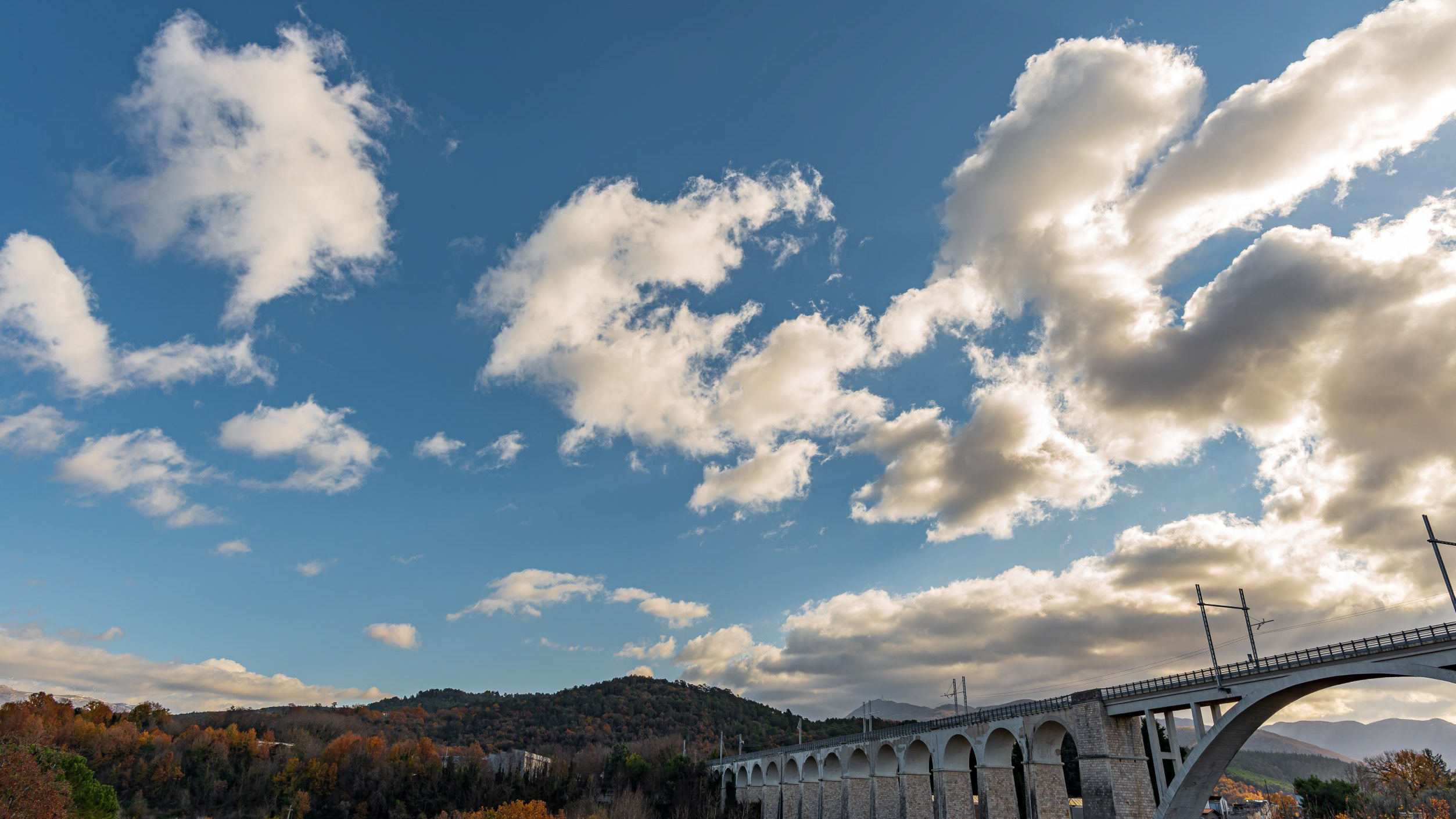
2022
Isernia. Santo Spirito railway bridge.
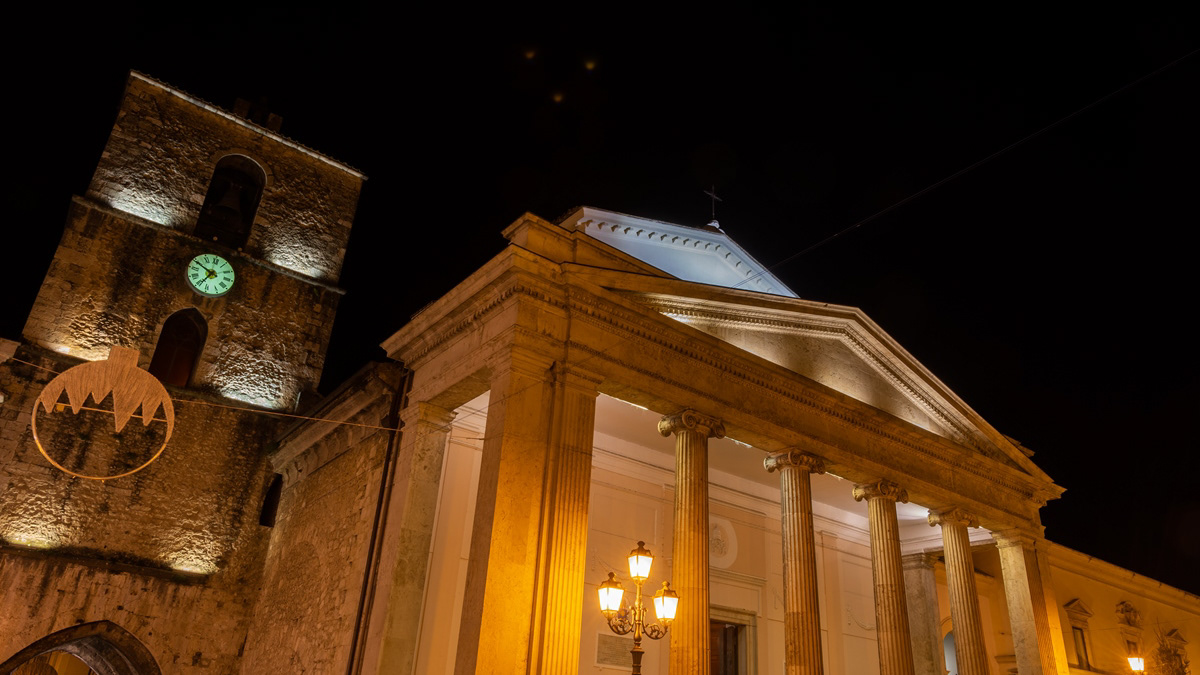
2018
Isernia, la Cattedrale, notturne
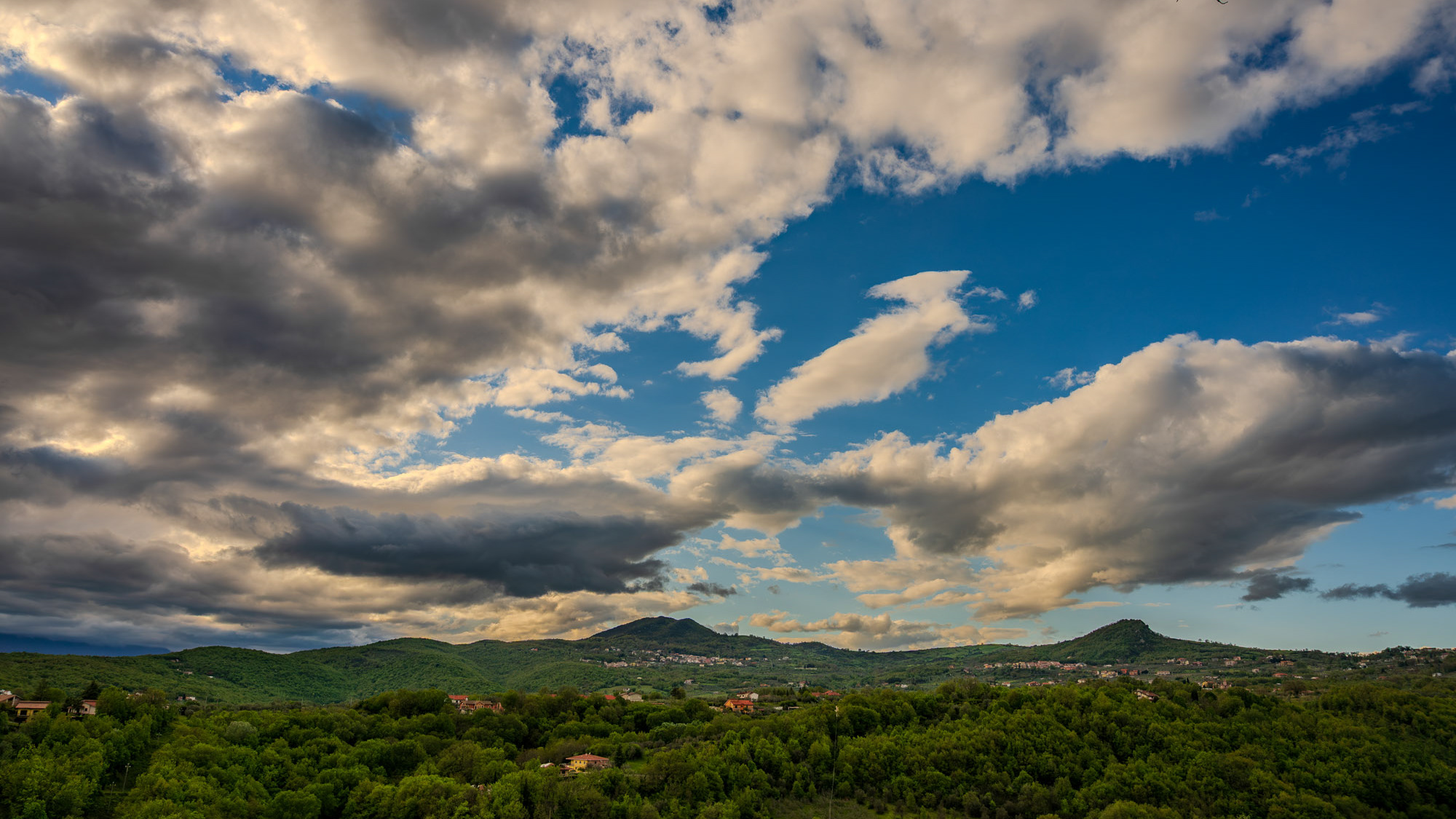
2025
Molise, spring landscape.
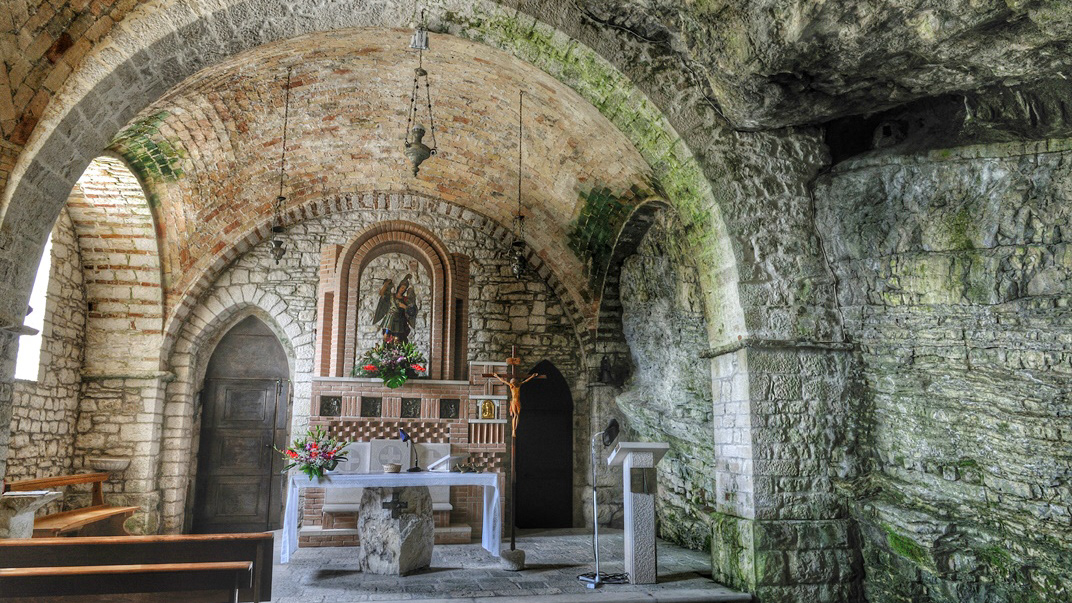
2018
Molise - S. Angelo in Grotte (IS)
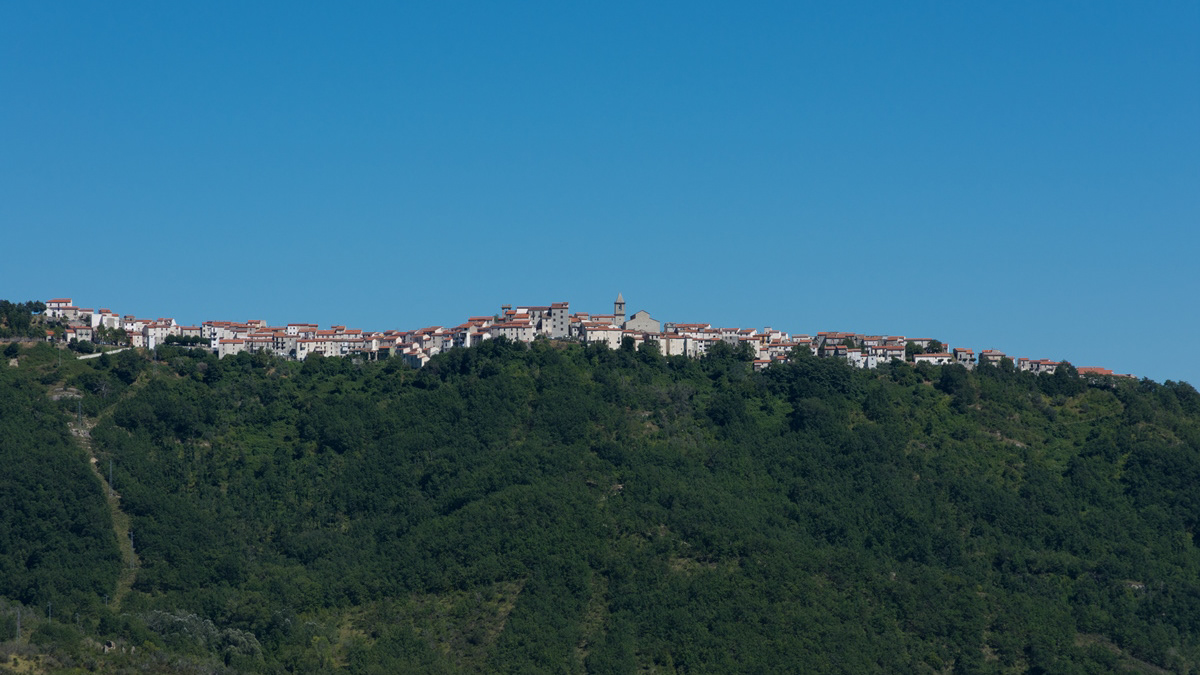
2016
Poggio Sannita (IS)
Poggio Sannita (Caccavone in dialetto poggese) è un comune italiano di 639 abitanti della provincia di Isernia in Molise.
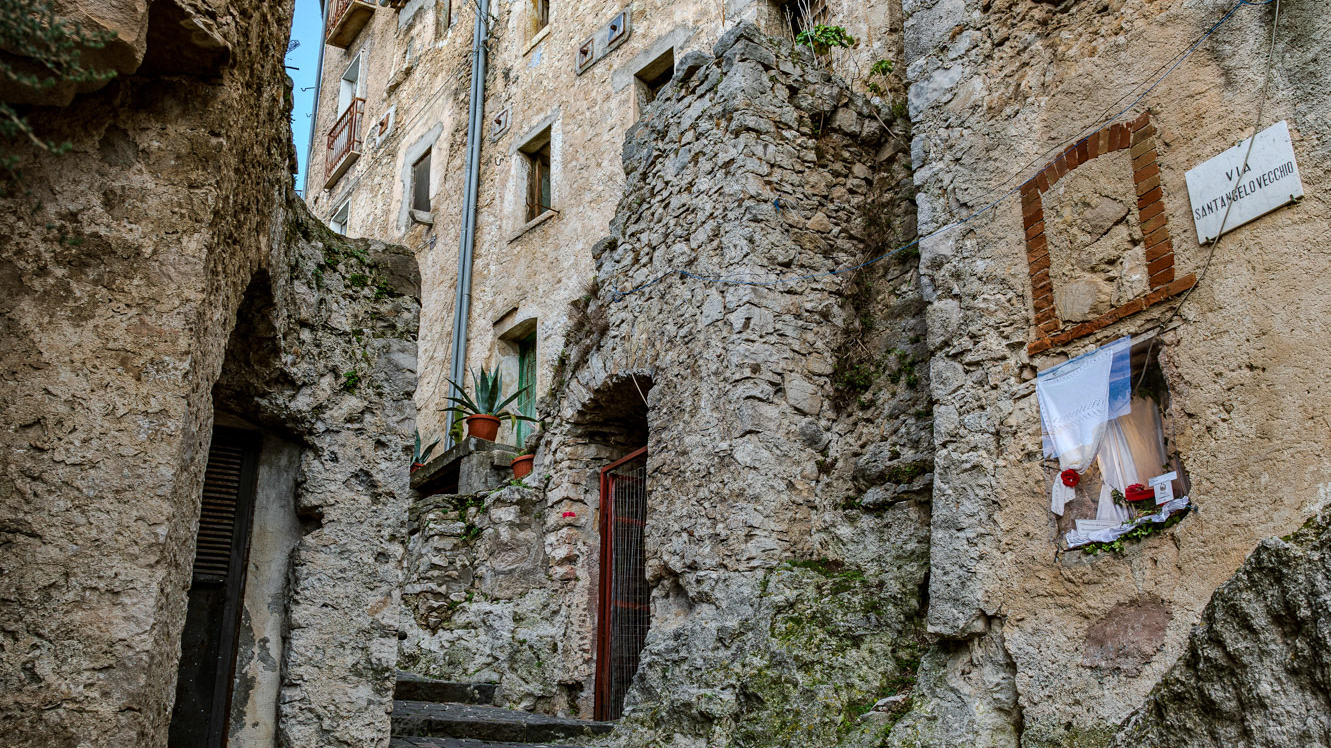
2025
Pesche. The Ancient Village
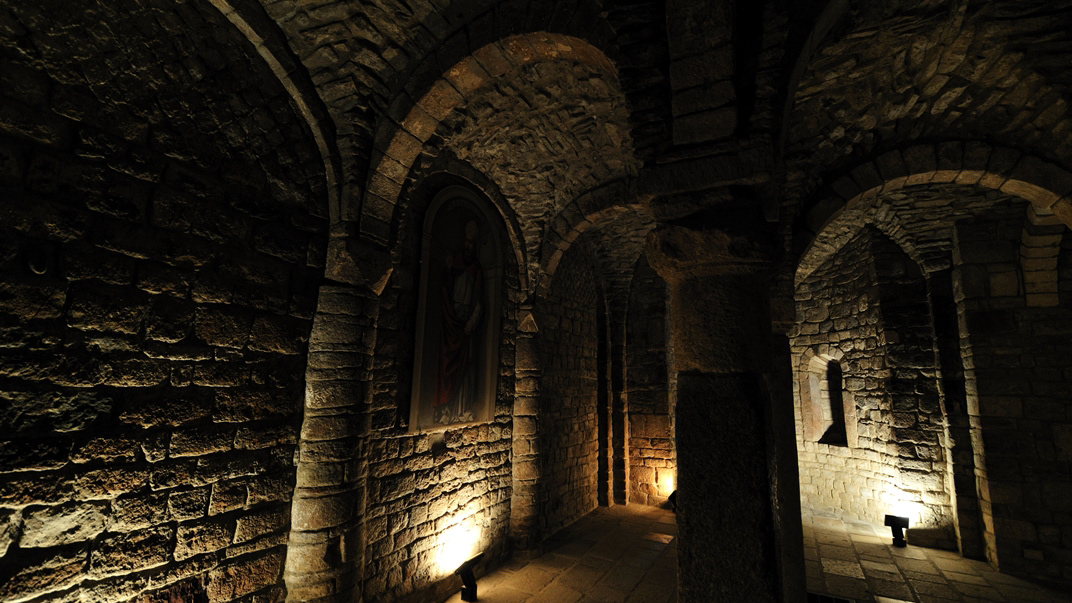
2015
Trivento (CB)
Trivento è un comune italiano di 4 663 abitanti della provincia di Campobasso, in Molise. È sede vescovile. Cattedrale dei Santi Nazario, Celso e Vittore: principale edificio religioso, fu costruita sopra il tempio di Diana e dove ora si trova la Cripta di San Casto. La chiesa venne ampliata nel XIII secolo e restaurata completamente nel 1726 in stile barocco. L'altare maggiore è di Paolo Saverio di Zinno. Di intessere è la Cripta paleocristiana in sette piccole navate con volte a crociera; presso la tomba di San Casto si trova un bassorilievo della Trinità tra due delfini. Palazzo comitale, noto anche come Palazzo Colaneri, si trova in posizione dominante sul borgo, risalente, per la forma esterna, al dominio dei Caldora nel XV secolo. La struttura presenta alte mura di cinta, con pianta irregolare, e due ingressi principali. L'interno è stato modificato nei secoli, la parte sotterranea è spartana perché usata in passato come carcere di mentre al piano nobile si conserva un salone con affreschi. Chiesa di San Nicola di Bari : costruzione del XVI secolo, in con restauro barocco dei secoli successivi, dei quali risale la statua del Sacro Cuore. La chiesa è semplice e con un impianto a capanna, e facciata alternata da mattoni e intonaco, con campanile a vela. Scalinata del borgo di San Nicola : in tutto sono 365 gradoni e costituiscono l'accesso principale alla piazza del Duomo. Sperone roccioso "Morgia dei briganti": noto per lo scorrazzare di briganti nel periodo post unitario.

2018
Venafro, cimitero militare francese
Uscendo dalla città lungo la Strada statale 85 Venafrana direzione Isernia, su un'estesa zona pianeggiante (70.000 m²) si trova il cimitero di guerra francese, nel quale sono sepolti circa 6000 tombe di soldati del Corps Expeditionnaire Français (ma molte sono state esumate), di cui circa due terzi di origine marocchina, algerina e tunisina, oltre ad alcuni africani (senegalesi?), caduti in gran parte durante la battaglia di Cassino (nov.1943-mag.1944) e nell'aggiramento di Montecassino.
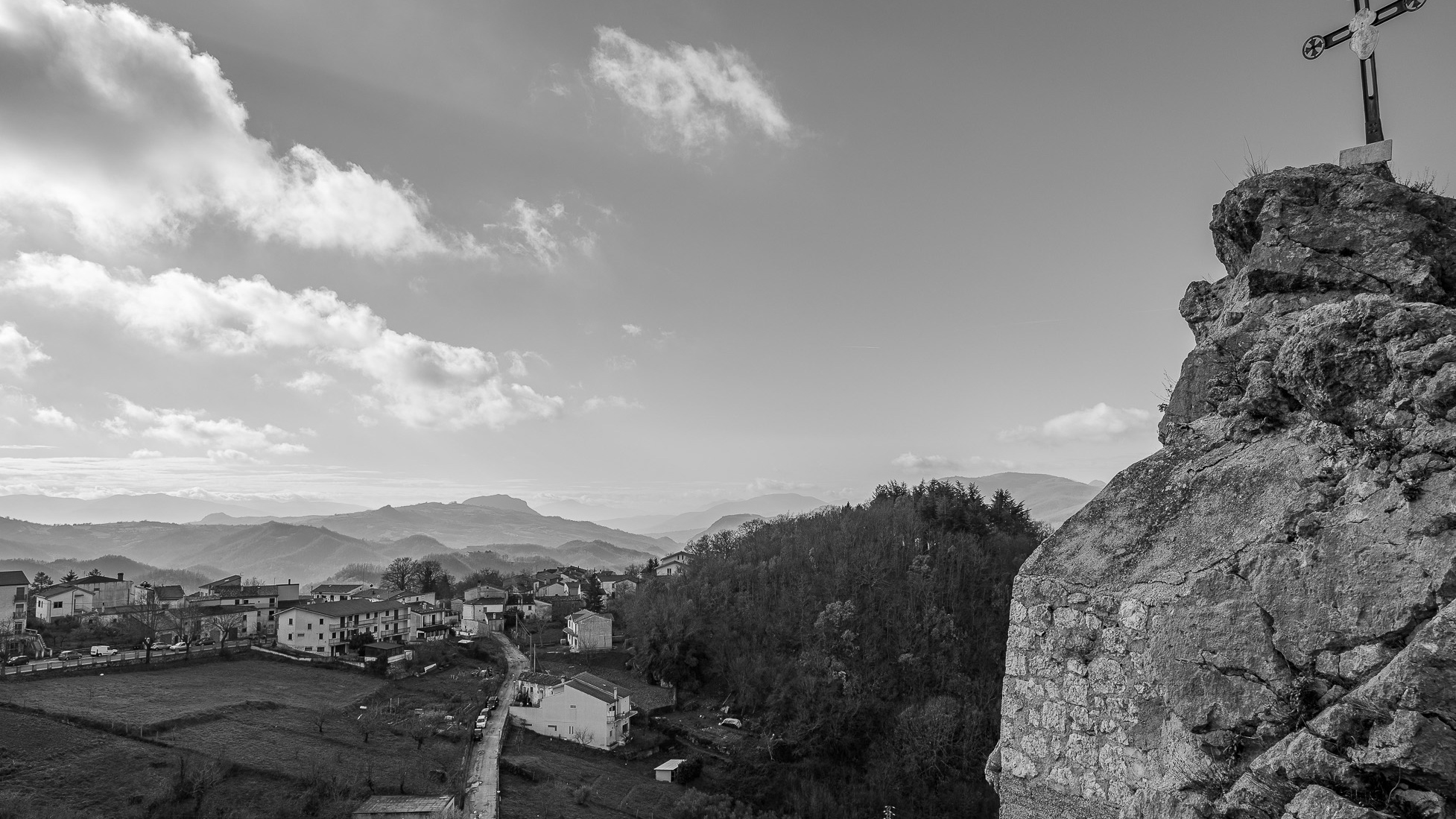
2023
Roccasicura.
Roccasicura (La Ròcca in Molise) is an Italian town of 484 inhabitants in the province of Isernia in Molise
